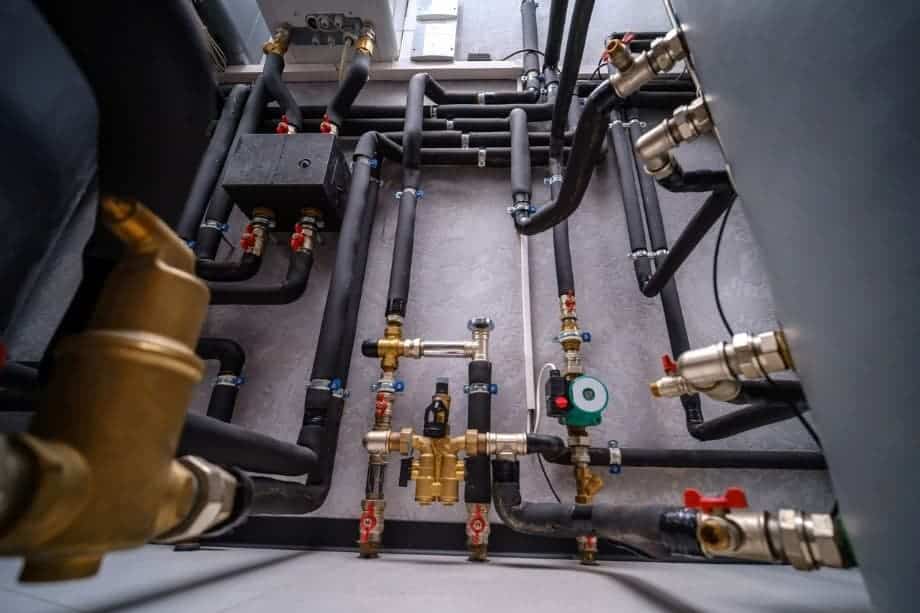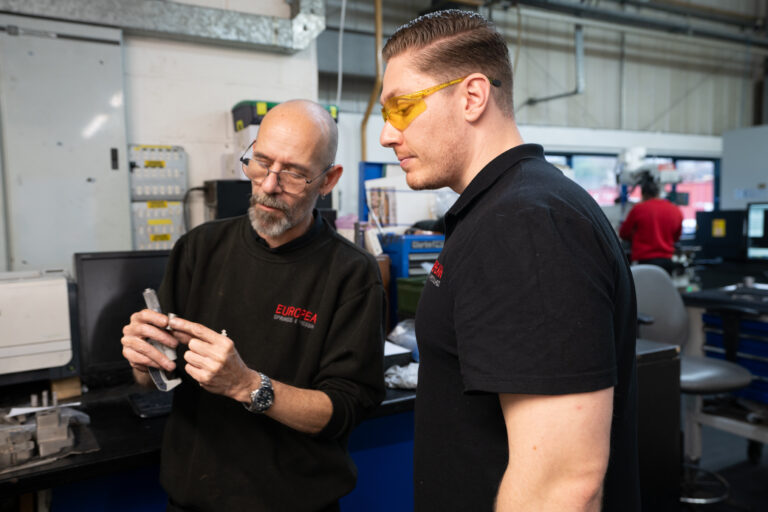
From Production to Planet: How ERPs Impact Sustainability
Sustainability has become the world’s foremost concern, encompassing every industry and a wide variety of practices. With this heightened attention,
Home › News & Updates › Page 3

Sustainability has become the world’s foremost concern, encompassing every industry and a wide variety of practices. With this heightened attention,

Over the last decade, we have witnessed some extraordinary technological progress, with a significant shift towards a future where smart

Hydroelectric power stations stand tall as marvels of engineering, using the force of flowing water to generate sustainable energy. From

From heavy machinery to aerospace, hydraulic systems, with their complex mechanisms and valve designs, regulate the exact flow of hydraulic

Trams have long been an essential part of urban landscapes worldwide, connecting people to various destinations efficiently and evoking a

Many of us will have received electronic devices as Christmas presents, whether it’s a smartphone, a tablet, or a smartwatch.

In the pursuit of a more sustainable future, over the past few years, the automotive industry has witnessed a remarkable

As we bid farewell to 2023, it is time for us to share the latest developments in the UK manufacturing

For any machine application, meeting the required design specifications and ensuring component reliability is crucial, and there are few sectors

And even if we don’t have exactly the tool we need, European Springs’ in house technology enables us rapidly to design and make complex tools, allowing us to offer more competitive prices.



© Copyright 2025 | European Springs
Designed, Promoted and Powered by SQ Digital